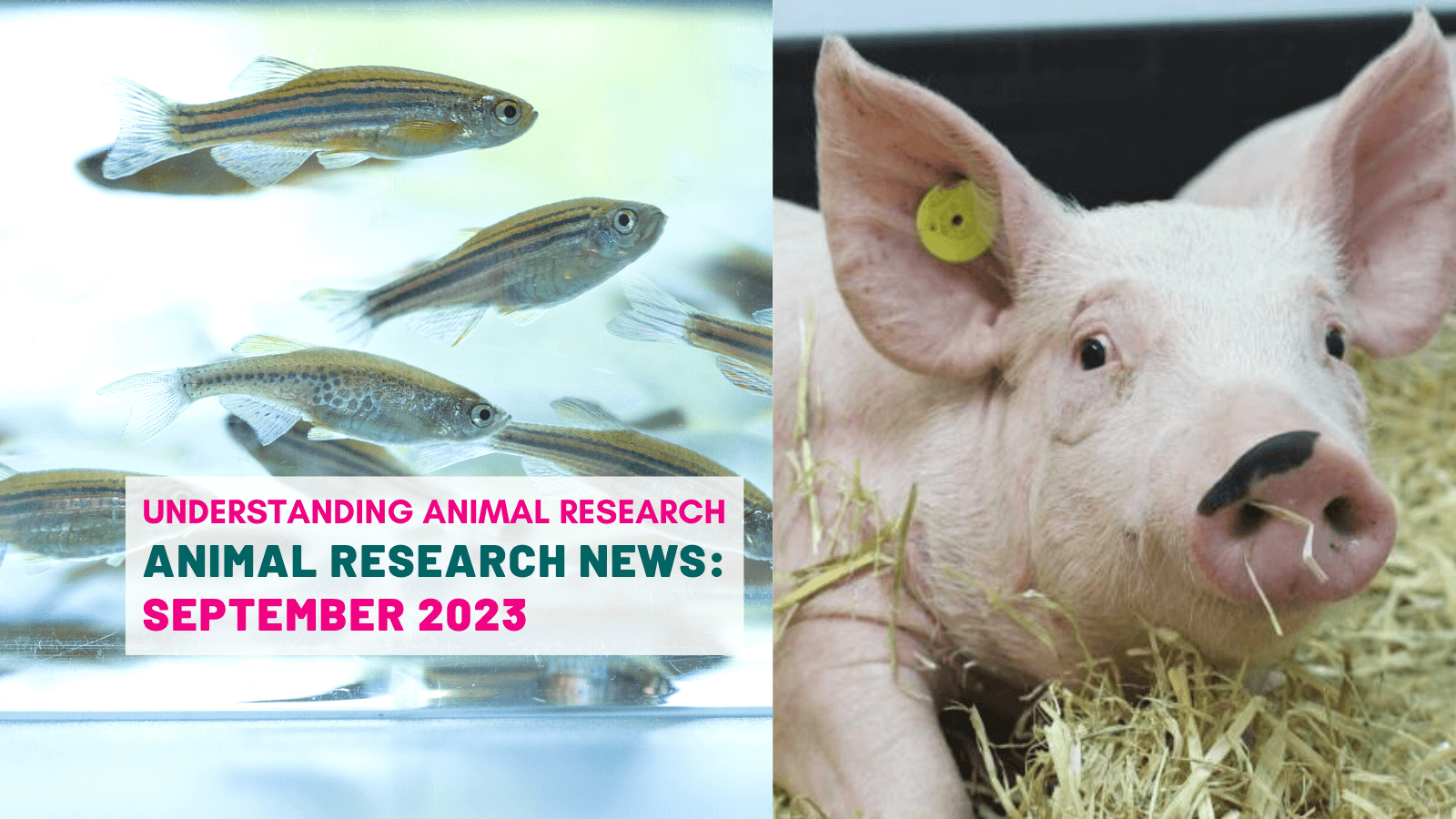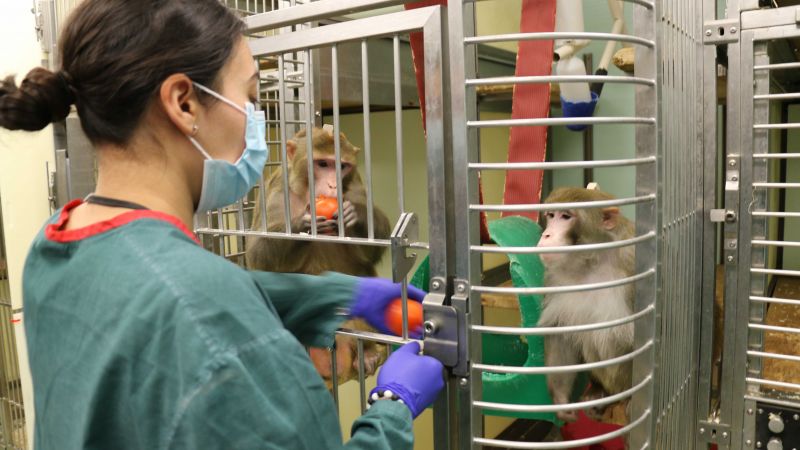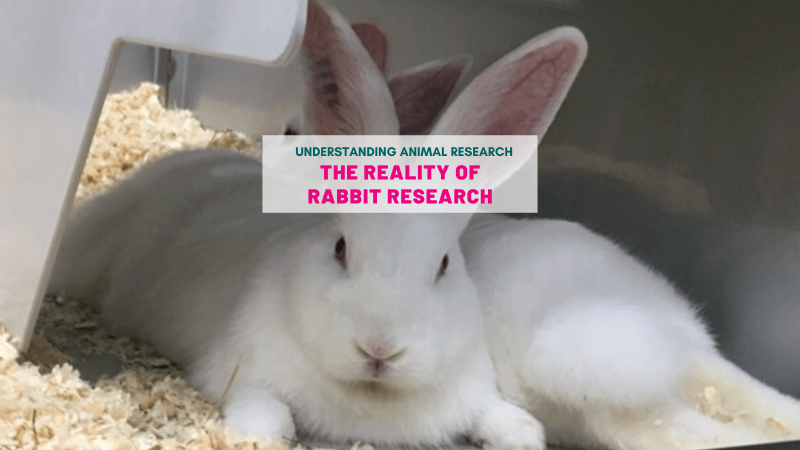
A selection of news and research from UAR members and Concordat signatories.
Animal Research in the Papers
First womb transplant takes place in UK after sister donates uterus
In August, we saw reports of the first womb transplant to take place in the UK. The operation, carried out at the Oxford University Hospitals Oxford Transplant Centre, took over nine hours to perform  and was made possible thanks to the woman’s sister, who donated her womb.
and was made possible thanks to the woman’s sister, who donated her womb.
Professor Richard Smith, consultant gynaecological surgeon at Imperial College Healthcare NHS Trust, said the experience had been “quite remarkable” as he explained the operation was a “massive success”.
While this was the first womb transplant to take place in the UK, globally some 100 transplants have already been performed, resulting in 50 babies born so far.
The road to this remarkable feat of medical science has been long, with research beginning in the 1970s. The first womb transplant was performed in 2000 on a 26 year old woman in Saudi Arabia. Unfortunately, the transplant was not a success and it has now been acknowledged that the attempt was premature. This meant that more pre-clinal research needed to be carried out, namely animal testing.
Since the early 2000s, scientist have been perfecting womb transplantation through animal research in order to increase our understanding of this complex organ. First experiments were carried out on rats and mice to understand how to prevent ischemia-reperfusion injury, which causes severe injuries in transplanted organs. Next, womb transplantations were carried out on larger animals: sheep; pigs; and rabbits. Most recently, non-human primates (monkeys) have been used to perfect the surgery before moving into human trials.
Read the article: Independent.co.uk
Read more on the history of womb transplantation:
Uterus transplantation: Experimental animal models and recent experience in humans
History of Womb Transplantation Research
Medical Research
King's College London
Researchers reverse hearing loss in mice
New research from the Institute of Psychiatry, Psychology & Neuroscience (IoPPN) at King’s College London has successfully reversed hearing loss in mice. Researchers used mice with a defective Spns2 gene. The mice were given a special enzyme at differing ages which was able to activate the defective gene, resulting in improved hearing abilities. The scientists found that hearing improved most in the mice that were given the enzyme at a young age, with the effects of the therapy becoming less potent in older mice.
Professor Karen Steel, Professor of Sensory Function at King’s IoPPN and the study’s senior author commented:
“Degenerative diseases such as progressive hearing loss are often believed to be irreversible, but we have shown that at least one type of inner ear dysfunction can be reversed. We used a genetic method to show this reversal as a proof-of-concept in mice, but the positive results should encourage research into methods like gene therapy or drugs to reactivate hearing in people with a similar type of hearing loss.”
Read the article: KCL.ac.uk
Read the paper: Reversal of an existing hearing loss by gene activation in Spns2 mutant mice
UKDRI and UCL
Microglia play a protective role in early Alzheimer’s disease
A study from UK Dementia Research Institute and UCL has revealed new insights into the role of microglia (immune cells in the brain) in early Alzheimer’s disease.
Using rodent neurons and brain samples from human patients, the researchers discovered that when misfolded amyloid protein is applied to synapses, they express on the surface the ‘eat-me’ molecule phosphatidylserine, which recruits microglia to come and engulf the synapses.
Dr Hong, lead author of the study, explained:
“Importantly, our study shows that this is an active process, it is not a case of synapses falling off and microglia cleaning up the debris, as was previously considered. We now know that microglia are actively removing synapses, and the process is mediated by this molecular signal, phosphatidylserine.”
Read the article: UKDRI.ac.uk
Read the paper: Microglia-synapse engulfment via PtdSer-TREM2 ameliorates neuronal hyperactivity in Alzheimer's disease models
UCL
New gene therapy could reduce hearing loss in Norrie disease
A gene therapy developed in mice by an international team of researchers led by UCL and the NIHR Great Ormond Street Hospital Biomedical Research Centre, could significantly reduce hearing loss associated with Norrie disease.
Norrie disease is a rare genetic disorder, primarily affecting young boys, that causes blindness and hearing loss. Currently, the only available treatment comes in the form of hearing aids.
The research carried out at UCL found that gene therapy can prevent the death of essential hair cells in the cochlea that are responsible for sensing sounds. The results were achieved by injecting a gene therapy, designed to restore the missing norrin protein, into mice. The team found that the abnormal blood vessels in the ears and eyes that develop in mice with Norrie disease were improved by the treatment.
Professor Jane Sowden, who led the research, said:
“In this study we were able to reduce the progressive hearing loss in a Norrie disease model by gene therapy for the first time. The treatment in mice was successful not only for newborns but also when we treated at a stage comparable to children and young people.
“This is exciting progress as it lays the groundwork for future application in patients – this could be transformative for them and their families and carers.”
Read the article: UCL.ac.uk
Read the paper: Systemic gene therapy rescues retinal dysfunction and hearing loss in a model of Norrie disease
Imperial College London
Antibiotics promote the growth of antibiotic-resistant bacteria in the gut
New research from Imperial College has found that antibiotics have an unintended effect – feeding the growth of antibiotic resistant bacteria. When ‘good’ bacteria die due to antibiotic use, the extra nutrients produced create an environment for ‘bad’ bacteria to thrive. This is particularly problematic when using broad-spectrum antibiotics such as Carbapenems, the focus of this study, which kill bacteria indiscriminately regardless of its function.
To determine the effect of antibiotics on gut bacteria, the team tested them on samples of human faeces in the lab, alongside experiments in mice and lab tests of carbapenem-resistant Enterobacteriaceae (CRE).
Read the article: Imperial.ac.uk
Read the paper: Antibiotics promote intestinal growth of carbapenem-resistant Enterobacteriaceae by enriching nutrients and depleting microbial metabolites
Environmental Research
Brunel University London
Hormone distortion still widespread in fish
Hormones are turning fish intersex. Run off from sewage contains a cocktail of chemicals related to the female sex hormone, oestrogen, derived from artificial sources such as plastic and sunscreen as well as natural biological processes..
Scientists at Brunel University London have been assessing whether the number of intersex (neither male nor female) fish swimming in English rivers is reducing. Their research found that while fish are being exposed to less hormones thanks to upgraded sewage works and tighter regulations, hormone disruption is still a worry.
Researchers at Brunel discovered that overall, waste water treatment works discharge less oestrogen into rivers than they have in the past. However, at 60% of the re-visited sites the researchers found male roaches were intersex, with egg cells in their testes. This is a permanent change that continues to progress with exposure and affects breeding. They also found that 90% of males had concentrations of female egg proteins – a sensitive biomarker for oestrogen exposure – above natural levels.
Read the article: Brunel.ac.uk
Read the paper: Endocrine Disruption Is Reduced but Still Widespread in Wild Roach (Rutilus rutilus) Living in English Rivers
3Rs and Non-animal Research
The Francis Crick Institute
Scientists begin to untangle how COVID-19 affects brain cells
Using a combination of brain cells and a 3D model of the blood-brain barrier, scientists at the Francis Crick Institute have discovered that different variants of SARS-Cov-2, the virus that causes Covid-19, affect the blood-brain barrier and damage cells in different ways.
Read the article: Crick.ac.uk
Read the paper: Differential effects of SARS-CoV-2 variants on central nervous system cells and blood–brain barrier functions
University of Leeds
What worms can tell us about brains and behaviour
A collaboration between the University of Leeds and the US institution MIT has uncovered the code that links brains and behaviour. Using the microscopic worm C. elegans the researchers were able to encode its behaviours, such as movement and feeding, revealing many new insights about its nervous system.
Read the article: Leeds.ac.uk
Read the paper: Brain-wide representations of behavior spanning multiple timescales and states in C. elegans
The Pirbright Institute, University of Cambridge and University of Oxford
A collaboration between the University of Cambridge, University of Oxford, and The Pirbright Institute has led to the discovery of how poxviruses evade natural defences in living cells and revealed that there are already drugs available that can stop them.
Scientists used a combination of cell cultures, assays, and other non-animal technologies to carry out this research.
Read the article: Pirbright.ac.uk
Read the paper: TRIM5α restricts poxviruses and is antagonized by CypA and the viral protein C6

Blogs and Opinion Pieces
Hoeford Research: The Crucial Role of Toxicology Research Laboratories in Drug Discovery
The Francis Crick Institute: When does an embryo model become an embryo?
Useful Tools for Science Communicators
A new and useful tool for science communicators and people interested in disease, Prevalence UK is a searchable database containing data on the number of people affected by most diseases and conditions in the UK.
Last edited: 18 October 2023 12:35



